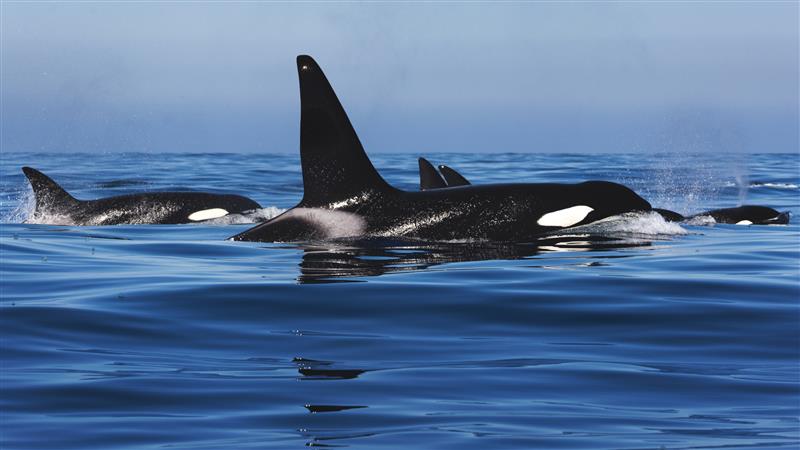
University of Washington scientists are deploying a live ocean monitoring Distributed Acoustic Sensing (DAS) system, using repurposed underwater fiber optic monitoring cables to listen for and track distinct calls of endangered Southern Resident orcas off Washington’s coast.
At San Juan Islands, DAS transforms existing telecom cables a vast underwater microphone array that can detect orca vocalizations and tracking down their location.
The continuous live data provides wildlife managers with immediate insights to potentially reroute maritime traffic and weaken human impacts.
As the Salish Sea dawn broke, the research team carefully lowered the cable into the sea, reborn as a potential ocean microphone from what previously carried digital messages. The work is an extension of an emerging vision: using existing technology for communication and marine life protection through fiber optic sensing and environmental awareness.
Repurposing Internet Cables into Listening Networks
Powered by the fiber optic monitoring technique, the Distributed Acoustic Sensing DAS system was originally developed to monitor vibrations in pipelines.
Fiber optic monitoring works on the principle of sending rapid laser pulses down the cable and measuring how light changes when back reflected by sound waves that travel through water.
The fiber optic monitoring system allows scientists to record whale clicks, ship noise, and even small movement across the seafloor.
“We can imagine that we have thousands of hydrophones along the cable recording data continuously,” said Shima Abadi, professor at the University of Washington Bothell School of STEM and the University of Washington School of Oceanography.
Unlike single point acoustic monitors, which detect the sound from one point, DAS makes the entire cable a constant sensor. Each section is a “virtual hydrophone,” and scientists can listen to where a whale is and track its route extremely well.
Distributed fiber optic sensing could change the monitoring of oceans forever, converting current telecommunication infrastructure into a worldwide environmental network. Moreover, scientists vision this approach evolving into a huge ocean way monitors system to aid research on the sea and maritime security.
AUV for Environmental Monitoring
The Southern Resident orcas of the Salish Sea are critically endangered, with less than 80 left. They are constantly threatened by ship noise, contamination, and dwindling salmon populations.
“We have an endangered killer whale trying to eat an endangered salmon species,” said Scott Veirs, president of Beam Reach Marine Science and Sustainability.
Because orcas use echolocation to find prey, underwater noise overwhelms their clicks and complicates hunting. Researchers could then identify the whales in and alert ships to decelerate or alter course with acoustic monitor technology placed in the cable.
The experiment also involves the use of fiber optic sensing data management software, which allows scientists to analyze and cross-check audio data with radar and video data. This fiber optic monitoring technique could reveal how orcas hunt, migrate, or communicate cooperatively, all previously concealed under the sea.
Beyond the orcas, the range of possibilities includes global ecosystems. With sensing systems, existing underwater networks can turn today’s underwater monitoring networks into AUV water monitoring giants, linking environmental sensing to study coral reefs, currents, and the impacts of climate change.
Fiber optic sensing systems can be reused, especially those who currently exist in Puget Sound or other locations as a new platform for passive acoustic monitoring.
Such fiber optic sensing solutions can potentially give real-time alarms for ocean protection and make maritime activities more sustainable across the world.
Ultimately, the recycling of vintage under-sea fiber-optic cables into a DAS network is a shift from environmental sensors to dual-use infrastructure, turning ordinary data telecom lines into continuous, high-resolution fiber optic monitoring systems that listen to the living rhythms of the ocean.
Inside Telecom provides you with an extensive list of content covering all aspects of the tech industry. Keep an eye on our Telecom sections to stay informed and up-to-date with our daily articles.